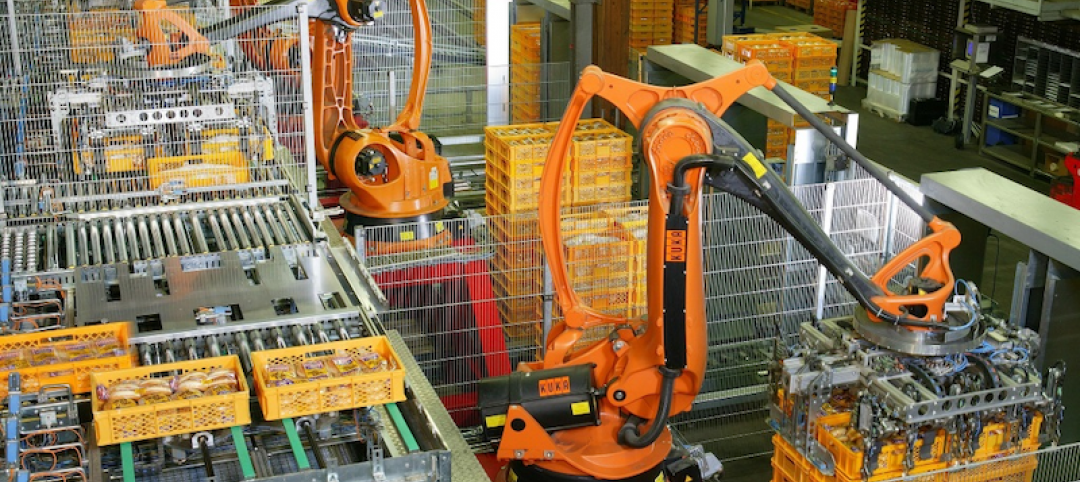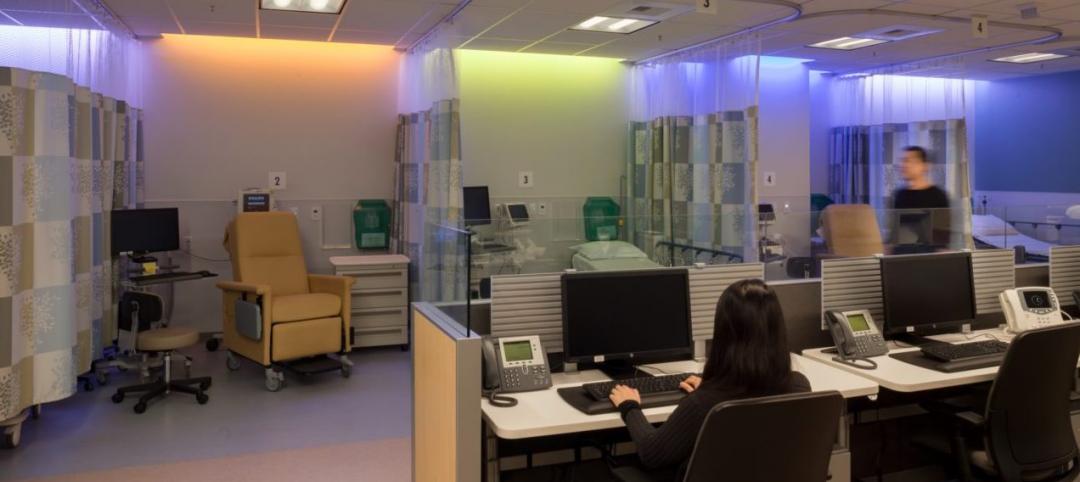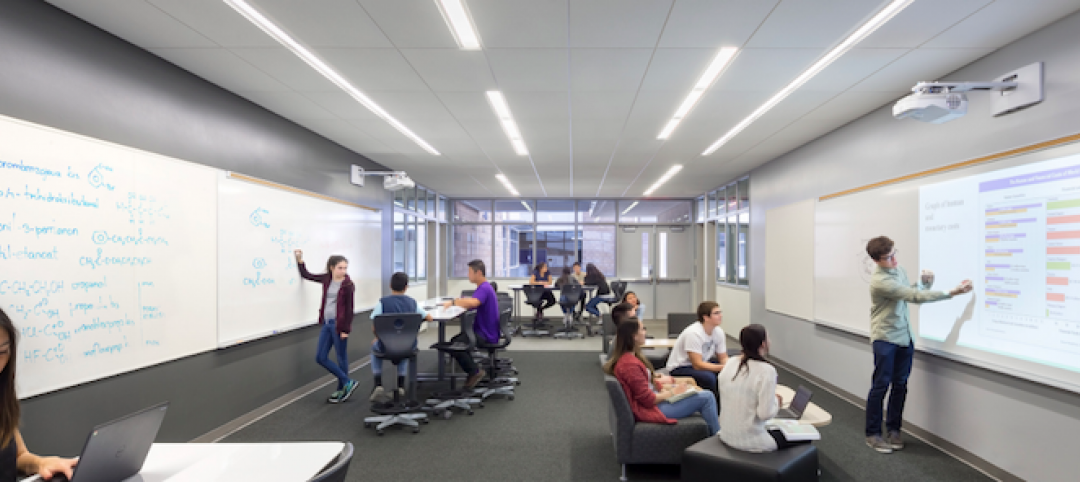The profession of architecture is one that dates back to ancient times, with a profound impact on the built environment of civilizations all over the world. The evolution of the practice has been relatively slow; while technologies and styles have evolved, the fundamentals today are not all that different than they were historically.
However, with the rapid evolution of available technologies, and the integration of them into the profession, the role of an architect is changing faster than it ever has before. At HMC Architects, we believe that the best way to stay relevant in our changing profession is to always be considering what the future holds, and pushing ourselves and the boundaries of the profession.

The Core Tenets of Architecture
Taking a building from concept to reality is a long, involved process, with each project presenting its own unique set of challenges. For the sake of discussion, the core tenets of the architectural process can be simplified as follows:
- Interpreting client
- Developing a design solution
- Submitting a design for approval from the local building agency
- Conveying the design solution to the contractor via construction documents
- Verifying that the construction is true to the documents provided
There are nuances to those responsibilities, such as code compliance and environmental considerations, but the core of our business is still solution-based, with a focus on problem-solving.
Looking forward, while the tenets may more or less stay the same, there will be less of a focus on the drawing process of the construction documents, and more of a focus on innovative solutions and how they affect as well as support the users of the space.
In turn, clients are becoming more sophisticated, and are demanding a higher level of understanding of the process and, in some cases, desire to be integral to its completion. Luckily, technologies are also advancing, allowing a higher level of information to be easily conveyed.

Technological Advancements
Technology is migrating into architecture more and more every day. The speed to market has increased significantly with the industrialization of construction with companies like Katerra and DIRTT. These firms are applying logistics via Google Maps to deliver materials to the job site quicker, along with the science of prefabrication to increase the efficiency of construction, which in turn delivers the project quicker to market.
While this is ideal from an operational and logistical standpoint, it also means that some of the traditional aspects of architecture, specifically the drawings, are going to fade away, and the next generation of architects will have a whole new type of deliverables.
These digital outputs, such as building information modeling (BIM), assist in achieving higher performing buildings by looking at regenerative design, renewability, life-cycle costs, and app-based maintenance programs. We also anticipate that, with the digital delivery of construction documents, they will no longer be plan checked by an individual, but by a program-based software; a virtual plan check of sorts. This will speed up the agency approval time, streamlining the path from design to construction while reducing the margin for human error.
The focus is shifting from pure architecture to an environment that is both architectural and user-focused to enhance the occupants’ experience. Our clients are looking for ways to get the most out of their buildings with user apps and sensors that allow them to gather data to determine which spaces are truly utilized, which will drive the need to design for more or less space. Clients will also be using technology and data analytics to determine the life-cycle costs of buildings, as well as forecast occupant experiences to drive future buildings and programs.
With this heightened emphasis on technology, the role of the architect has frequently come into question. While the human component of architecture can never be replaced, many of the once-manual processes can. Architecture and its practitioners must be willing to embrace the migration towards a wholly digital design experience. Adaptability, flexibility, and early adoption of new technologies and procedures will ensure that the collaborative minds at the center of the profession remain a fundamental component of architecture as a whole.
The Future of Architecture as a Profession
In order to effectively adapt to this future, we, as architects, need to shift our focus to the end-user experience, speed to market, the efficiency of programmed space, and efficiency of construction. In addition to aesthetically beautiful designs, there will be more emphasis on how a building operates and supports the end-users, and their overall experience. The architecture of the building is an extension of the client’s business, a tool to enhance the occupants and the members of the community.
Many architectural achievements throughout history have been driven by the art form and the ego. With the modern shift towards performance and the business necessity of creating a functional building for the client’s need, the architect of the future must strike a balance between form and function, art and science, as well as technology and soul. Only time will tell just how balanced these concepts will be but, at present, they’re exhibiting a synergy that makes it a truly fascinating time to be an architect.
More from Author
HMC Architects | Mar 26, 2024
Safeguarding our schools: Strategies to protect students and keep campuses safe
HMC Architects' PreK-12 Principal in Charge, Sherry Sajadpour, shares insights from school security experts and advisors on PreK-12 design strategies.
HMC Architects | Jul 26, 2023
10 ways public aquatic centers and recreation centers benefit community health
A new report from HMC Architects explores the critical role aquatic centers and recreation centers play in society and how they can make a lasting, positive impact on the people they serve.
HMC Architects | Jul 25, 2023
The latest 'five in focus' healthcare interior design trends
HMC Architects’ Five in Focus blog series explores the latest trends, ideas, and innovations shaping the future of healthcare design.
HMC Architects | Jun 26, 2023
Addition by subtraction: The value of open space on higher education campuses
Creating a meaningful academic and student life experience on university and college campuses does not always mean adding a new building. A new or resurrected campus quad, recreational fields, gardens, and other greenspaces can tie a campus together, writes Sean Rosebrugh, AIA, LEED AP, HMC Architects' Higher Education Practice Leader.
HMC Architects | Apr 13, 2023
Creating a sense of place with multipurpose K-12 school buildings
Multipurpose buildings serve multiple program and functional requirements. The issue with many of these spaces is that they tend not to do any one thing well.
HMC Architects | Jun 2, 2022
Women in Architecture: How HMC Pioneers Gender Equality
A survey by the Association of Collegiate Schools of Architecture (ACSA) shows that while women account for nearly half of graduates from architecture programs, they only make up about 15 percent of licensed architects.
HMC Architects | Jan 20, 2020
Robotics in architecture and construction: An industry shift
Architects who embrace this intriguing and dynamic technology now will be better equipped to design the most efficient buildings of the future.
HMC Architects | Mar 6, 2019
What is the role of the architect in healthcare data security?
Safeguarding sensitive data is top of mind for healthcare administrators across the country, and, due to the malicious intents of hackers, their security efforts are never-ending.
HMC Architects | Jan 22, 2019
Rethinking classroom design to promote collaboration
A dynamic learning space needs to center around the learner, and be flexible enough to transform into any configuration that will facilitate collaboration, especially as curriculums change.
















